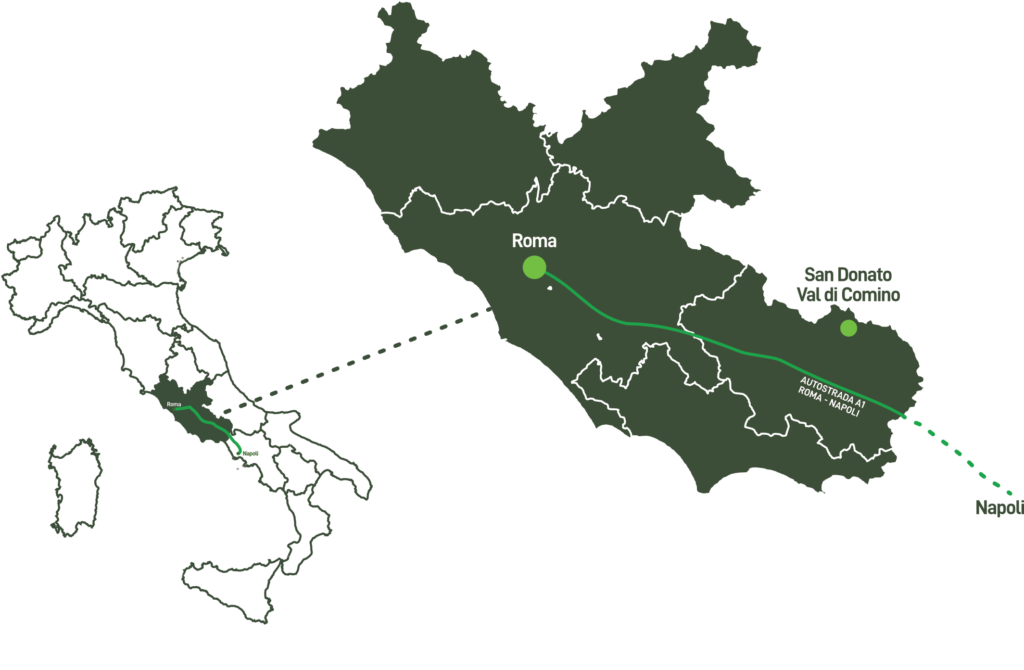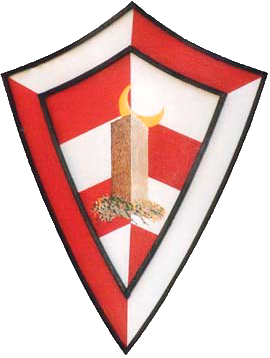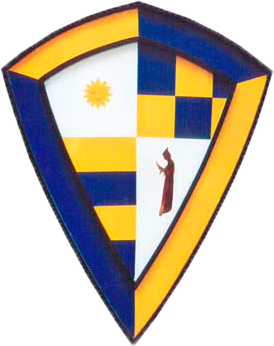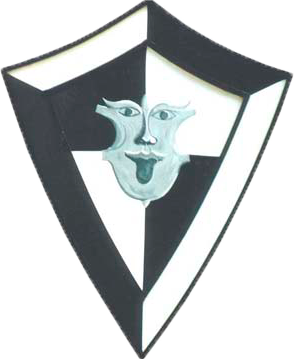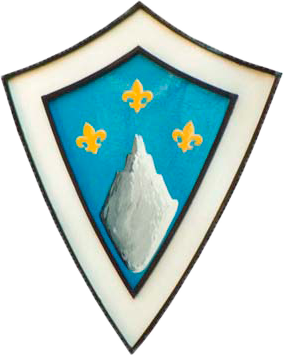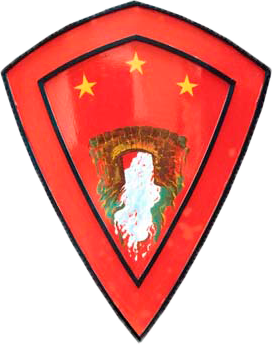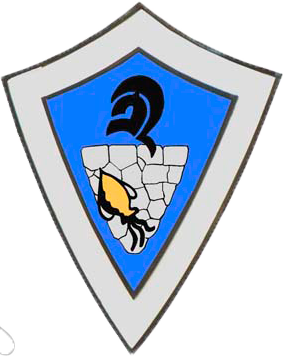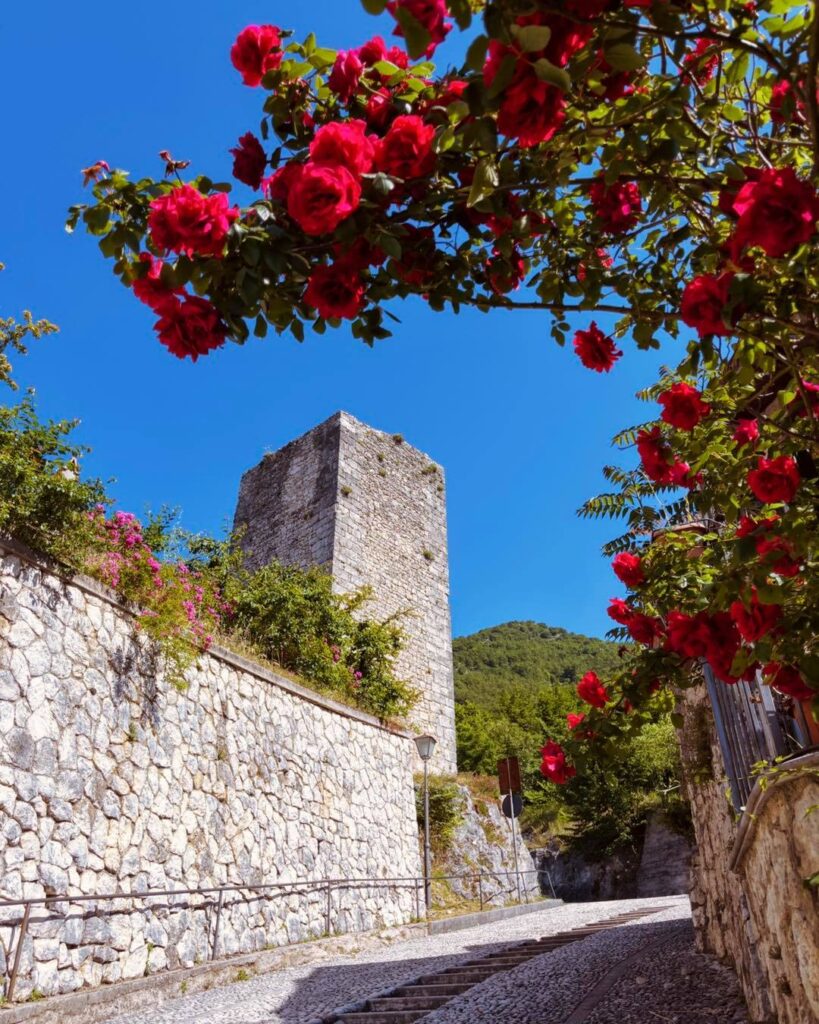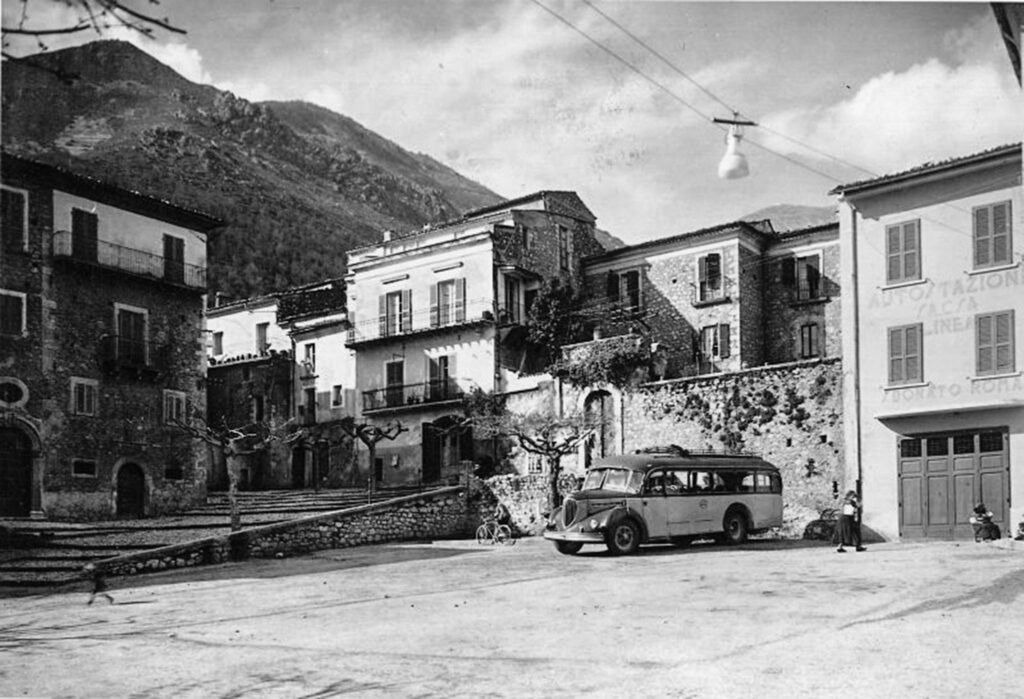History and culture
Home > History and culture
San Donato Val di Comino, an enchanting village nestled in the heart of the Abruzzo, Lazio and Molise National Park, presents itself as a precious treasure chest of history and culture.
Known in the local dialect as "Sàndërnàtë," this village, located in the province of Frosinone, Lazio, boasts a rich heritage that led it to obtain the prestigious "Orange Flag" of the Italian Touring Club in 2004.
Its strategic position, a crossroads between the Lazio and Abruzzo sides thanks to the Forca d’Acero pass, has made San Donato Val di Comino a place of passage and meeting since ancient times. Its origins, shrouded in mystery, intertwine with the history of Cominium, a Samnite outpost destroyed by the Romans in 293 BC, whose vestiges are believed to have been located in today's Valle di Comino. The foundation of an early sanctuary dedicated to San Donato, bishop of Arezzo martyred in 304, testifies to the early spread of Christianity in these lands.
Over the centuries, San Donato Val di Comino has experienced an alternation of dominations and influences. After being part of the Langobardia Minor under Lombard rule, the village was donated to the Monastery of San Vincenzo al Volturno in 778 by the Duke of Spoleto, Ildebrando. Following the Battle of Garigliano in 915, the Valle di Comino became a refuge for fleeing populations, contributing to the birth of the first settlements in the area.
The toponym "San Donato" derives from the patron saint, whose veneration testifies to an ancient connection with the lands of Tuscany and Umbria. In the local dialect, the name of the village undergoes phonetic variations, such as"Sande Renàte" o "Sandrënnàte", reflecting the linguistic peculiarities of the community.
The medieval village of San Donato Val di Comino, with its characteristic "donut" structure, developed around the Rocca and the Sanctuary, offering refuge and protection to its inhabitants. The polygonal walls of San Fedele, dating back to the Samnite era, and the Medieval Tower, erected on a rocky spur, testify to the strategic importance of the place.
The Sanctuary of San Donato, originally a Benedictine abbey, has undergone numerous transformations over the centuries, reaching its current appearance in the 18th century. The Cathedral, dedicated to Santa Maria and San Marcello Papa, houses the relics of Saint Constance, a martyr of the early Christian persecutions, and represents an important place of worship for the community.
The Porta Orologio (Clock Gate) and l'Arco di San Donato (the Arch of San Donato), ancient accesses to the fortified village, tell stories of defense and passage, while the San Bernardino Stone, or "the stone of scandal," recalls ancient customs related to debt recovery.
The Franciscan Convent, founded in the 14th century, and Via Cannesse, the oldest agglomeration of the village, testify to the presence of religious orders and the growth of the town over the centuries. Giustino Quadrari Square, dedicated to the distinguished local scholar, houses his family's 18th-century mansion, with Roman epigraphs that have attracted the attention of scholars such as Mommsen.
The Roccia dei Tedeschi, a military post used during World War II, and the ancient iron mines, exploited since the 18th century, recount episodes of war and economic development in the area.
Today, San Donato Val di Comino presents itself as a village rich in history and culture, where local traditions blend with the beauty of the surrounding landscape. The historical-cultural route "Il borgo antico" invites visitors to discover the wonders of the historic center, while the natural beauty of the Abruzzo, Lazio and Molise National Park offers endless opportunities for hiking and outdoor activities.
A journey into the heart of the
history and beauty
San Donato Val di Comino, a village of rare beauty, stands 700 meters above sea level, offering a spectacle of ancient stone houses clinging to the ground, forming an intricate labyrinth of winding streets, picturesque alleys and covered passageways, locally called "spuort“.
The picturesque little squares that open between the buildings complete this picture of medieval architecture, the result of historical needs related to defense and climatic conditions. The winding alleys, in fact, are not only a characteristic feature of the village, but also an ingenious solution to protect the inhabitants from the harsh winter winds.
The history of San Donato Val di Comino has its roots in the early Middle Ages, when the village was founded for the purpose of controlling the Via Marsicana, an ancient pre-Roman artery that connected Lazio to Abruzzo. Over the centuries, the village has experienced population growth and urban development, with new dwellings being added to the original nucleus, adapting to the pre-existing defensive walls, much like the rings of a growing tree.
But San Donato Val di Comino is not only history and architecture. The village is also a place where the beauty of nature manifests itself in all its magnificence. To the south opens the Val di Comino, an enchanting landscape characterized by dirt roads that wind through fields of changing colors, offering a breathtaking spectacle for the eyes. To the north, on the other hand, lies the wilderness of the Abruzzo, Lazio and Molise National Park, a true paradise for lovers of nature and outdoor activities.
The hamlet itself is a place where history and nature come together in a harmonious symphony of colors and shapes. Each passage through the labyrinth of the hamlet is an opportunity to discover picturesque views and hidden corners, connected by small arcades and steep steps, creating a mysterious and fascinating atmosphere.
The economic development of the 17th and 18th centuries left an indelible mark on the village, with the construction of stately mansions in the urban center, the furnishing of squares and the modernization of churches and convents.
To fully appreciate the wonders of the historic center of San Donato Val di Comino, we recommend following the cultural and historical route "The ancient village", an itinerary enriched with information tables that guide visitors to discover the history and peculiarities of this fascinating country.
Jews
internees
During World War II, San Donato Val di Comino became a place of forced refuge for a group of interned Jews.
Despite the control of the authorities, the local people showed great humanity, offering help and support to those in need. Among the most touching stories, that of Oswald Adler and Trude Glaser, a young Viennese couple persecuted because of their origins. Their story, reconstructed through extensive research, tells of a long journey through concentration camps and shelters, culminating in their arrival in San Donato in December 1941.
Here, they lived for two and a half years, maintaining contact with family members who remained in Europe. The relative tranquility of San Donato was abruptly interrupted in April 1944, when the Germans began roundups.
Although some managed to save themselves with the help of locals, Oswald and Trude were deported and found death in Auschwitz. Their story, like that of other internees, is a testimony both to the suffering they endured and to the solidarity shown by the people of San Donato.
To learn more about these events and learn in detail about the historical context and evidence from that period, we recommend visiting the Museum of the 20th Century and the Shoah of San Donato Val di Comino and to follow the "Twentieth Century Route (Novecento)", a cultural and historical itinerary that traces the places and memories related to the internment and persecution of Jews in the borough.
A heritage
unique cultural
San Donato Val di Comino, a land of history and tradition, has given birth to prominent figures who have left an indelible mark in their respective fields. Prominent among them are. Justin Quadrari, born in 1802, an erudite priest and renowned archaeologist, whose vast culture and passion for antiquity led him to hold important positions at the bourbon court and the University of Naples. His contribution to the deciphering of the Herculaneum papyri and his studies of sacred archaeology made him a leading figure in the cultural landscape of the time.
Luigi Cellucci, born in the 19th century, was a philologist and art historian of great stature. After completing his studies in Pisa under Alessandro D'Ancona, he devoted himself to teaching and research, collaborating with prestigious journals and publishing fundamental works on Italian literature and art, including "The Franciscan Legends of the 13th Century in Their Artistic Aspect." His profound knowledge of Italian culture and his aversion to the fascist regime made him a prominent figure in the intellectual landscape of the 20th century.
Anacleto Cenci, a Franciscan friar born in the 18th century, is revered as "Servant of God" for her deep faith and charitable works. Her figure is linked to the miracle of the rose that bloomed in the snow on Christmas night in 1806, an event that strengthened her reputation for holiness and gave rise to the twinning between San Donato Val di Comino and Greccio.
These famous people, with their diverse histories and talents, have helped shape the cultural identity of San Donato Val di Comino, paying tribute to the historical and artistic richness of this land.
Request information
If you prefer direct email or to speak with someone:
